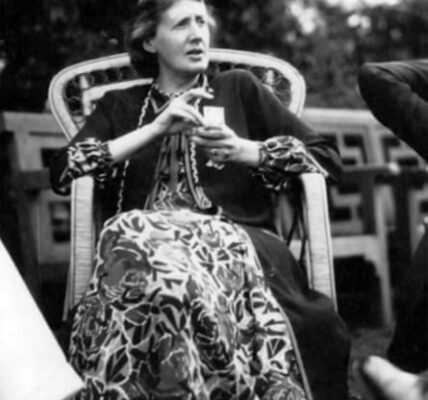
I
In the mid-1990s, Paul Griffiths challenged himself to give a new perspective to Ophelia from Shakespeare’s play Hamlet, using only the vocabulary written for her by the playwright. After 13 years of work, his novel Let Me Tell You was published in 2008. One of its admirers was Harry Mathews, a dedicated writer from North America and member of the experimental literary group Oulipo, who praised it as “beautiful and captivating” and a “remarkable success in Oulipian terms.” Griffiths was interested to see if his constraint would inspire other writers to expand on Ophelia’s character, but he eventually took matters into his own hands and wrote an exquisite sequel.
In Let Me Tell You, the events take place before Hamlet’s story, giving Ophelia the opportunity to avoid the fate that awaits her in the play. On the other hand, Let Me Go On is set after the events of Hamlet. Ophelia is now deceased and expresses relief, saying, “Thank God, it’s all over now.” As she goes by the name O, she finds herself in a new place that is completely white. In the beginning of the book, the author, Griffiths, uses the word “white” 23 times, creating a heavenly atmosphere. However, it can also be interpreted as a blank page, as if O and the author are starting their journey together. “There’s only us here, and we are nothing. We are white, white, white.”
O sets out on a voyage to discover her identity in the afterlife. However, she questions, “What does ‘I’ mean now?” There is a fear that it holds no significance, a fear of being insignificant. Similar to Alice in Lewis Carroll’s story, O encounters many extraordinary individuals during her journey. Those familiar with Shakespeare’s works can determine the identities and plays of these characters. For those who are not as familiar, there is a cheat sheet in the acknowledgments that lists the characters in order of appearance, with their names matching the first letter of each chapter. For instance, in Chapter I/J, there is a delightful reference to Tweedledum and Tweedledee, portrayed by Imogen from Cymbeline and Juliet, Romeo’s beloved.
However, one does not have to be well-versed in literature to appreciate the clever and aesthetically pleasing nature of this small yet charming book. The inclusion of modern cultural references may come as a surprise, such as Mistress Quickly’s boast of convincing “Coldplay” to perform at the King’s Head, or the realization that the lyrics being read are from James Brown’s Sex Machine or the Beatles’ Here Comes the Sun. It is impressive that Griffiths is able to incorporate all of this within a vocabulary of only 481 words. His skill as a writer allows the text to flow seamlessly, surpassing the Oulipian limitation. If not explicitly stated on the back cover, I doubt most readers would even take notice of this constraint.
The immediate nature of the text is what makes this experiment satisfying. The language and its rhythm accurately reflect natural human speech. Just as the original Oulipians believed that by restricting the rules, literature can be liberated, the text serves as a metaphor for O’s personal journey. Through her dialogue within the confines of the play, she discovers her true self and ultimately finds freedom. Griffiths has paved a path forward, an open road for O to continue on her journey. As she states, “this is not the end, I still have a long way to go from here.”
Bypass the advertisement for the newsletter.
after newsletter promotion
Source: theguardian.com

